39 how food labels can be misleading
How to Read Misleading Food Labels - Athletic Healthcare A "reduced sodium" product must have at least 25 percent less sodium than its regular version — but that doesn't guarantee it's not still packed with salt. And beware: Foods labeled "salt free," "no sodium," or "sodium free" can still include 5 mg of sodium. "Fat-Free": FDA requirements for nutrient-content claims ... 5 Misleading Food Label Claims - Consumer Reports This guide will help you navigate five common health-claim minefields in the grocery aisle. 1. Multigrain. These foods have more than one type of grain, but those grains could be refined, meaning ...
Nutri-Score vs 'health halo' effect: What food labels can do ... Aug 22, 2022 · Her paper recommends that the Nutri-Score label should be made mandatory, at least when marketing claims are made on packaging, to prevent misleading consumers about the health value of a food.
How food labels can be misleading
Whole grains or no grains? Food labels can be misleading The whole grain should be the first ingredient — or the second ingredient, after water. For foods with multiple whole-grain ingredients, they should appear near the beginning of the ingredients list. Choose foods that list "whole" or "whole grain" before the grain's name, such as whole rye flour, whole wheat flour, or whole buckwheat. Food labels often mislead consumers 1 Aug 2019 — “What you can do now is educate yourself, learn about ingredients and question the food label claims,” Kinsey said. “Get in the habit of asking ... 5 Misleading Nutrition Labels - The Gaples Institute But gauging the health quality of foods can be a daunting challenge—made all the more difficult by misleading nutrition labels. Here are 5 common food-labeling tricks to watch out for, along with some proven strategies to avoid falling victim to marketing gambits: 1. Label says "Made with Whole Grains" Implies: 100% of grains used are whole.
How food labels can be misleading. Misleading Food Labels Misleading food labels could put you at risk. Food producers often use labels as a marketing tool & you might not be getting what you think Know Your Food Labels (Some Are Misleading) - Natural Mentor Foods labeled as such must contain less than 0.5 grams of fat or less than 5 calories. This means almost nothing for your overall health, though, as saturated fats are actually exceptionally healthy for you, and a healthy diet is measured by the kinds of foods you eat, not the number of calories that those foods contain. Why Food Labels Are So Misleading - Next Avenue Eating packaged foods labeled as high in fiber can negatively impact our health, too. Researchers conducting a 2013 study examining the cardio-protective effects of fiber in the diet cautioned that... Weekly Topic: Editorial - Misleading food labeling Other labels such as pure, sustainable, and humanely raised are just as open for broad interpretation. With such confusion surrounding these labels, agencies are sorely belated in removing them from packaging. Consumer Reports Bon Appétit. Health claims deceive consumers. Misleading health claims allowed by the FDA are even more concerning.
How to Read Misleading Food Labels - Frank Lipman MD The FDA doesn't define or regulate its use, so many foods — even those with artificial dyes, chemical preservatives, and genetically modified organisms (GMOs) — may be labeled "natural.", As New York University public-health professor Marion Nestle, PhD, MPH, writes in What to Eat, "'Natural' is on the honor system.", How can food labels be misleading? - Quora It's also where you can see what constitutes a (1) serving of the food and the total calories per serving. This is important because the macronutrients per serving is the place to look to decide if you want to buy and eat that food. One of the best examples of misleading food labels is on soft drinks. The label says that th, Continue Reading, The misleading claims on food labels - Ecooe Life The common misleading claims on food labels are as follows: Natural: this is maybe the most abused word by food industry giants. It can be simply related to a certain part that is natural. For example, the food is claimed to come from a natural source like pasture. Multigrain: It sounds like the food is full of whole grains, however, it just ... Why Misleading Food Labels Are Everywhere - Chris Kresser Other times, food labels can be downright misleading. Certain marketing phrases added to packaging try to convince us that foods are healthier than they might actually be. Don't fall for them! "Gluten-Free", Products proudly display a "gluten-free" banner to convince consumers that it's a healthy choice.
Understanding Food Labels | The Nutrition Source | Harvard T ... Chile implemented the Law of Food Labeling and Advertising in 2016, comprised of mandatory front-of-package (FOP) warning labels, restrictions on child-directed marketing, and the banning of sales in schools of all foods and beverages containing added sugars, sodium, or saturated fats that exceeded set nutrient or calorie thresholds. [1] Food Allergies | FDA - U.S. Food and Drug Administration Jun 23, 2022 · People with food allergies should read labels and avoid the foods they are allergic to. The law requires that food labels identify the food source of all major food allergens used to make the food. 16 Most Misleading Food Labels - Health The Food and Drug Administration doesn't define it, although food makers won't get in trouble as long as so-labeled food doesn't contain added colors, artificial flavors, or "synthetic substances."... 13 Misleading Food Label Claims and How Not to Be Tricked To use the label low-calorie in the United States, the FDA mandates that foods contain 40 calories or less per reference amount customarily consumed ( RACC ). Meals and main dishes should include 120 calories or less per 100 grams of food. 6. Label Says "Low-Carb", The FDA does not have any guidelines for the labeling of foods as low-carb.
The 13 Most Misleading Food Label Claims - Naked Food Magazine 7. "Kosher" does not mean non-GMO. Genetically engineered ingredients are openly allowed in Kosher-certified foods. The Kosher certification does not involve testing for GMOs, and Kosher certifications are routinely found on foods containing GMOs. 8. "All Natural" doesn't mean anything at all.
How to Understand and Use the Nutrition Facts Label | FDA Feb 25, 2022 · Overview. The information in the main or top section (see #1-4) of the sample nutrition label (below) can vary with each food and beverage product; it contains product-specific information ...
Food Labeling | National Agricultural Library Many food labels can be confusing and misleading. This guide provides definitions and animal welfare implications for some of the most commonly used labels on dairy, egg, meat, and poultry products, including labels used when farmers participate in certification programs. Read the Guide, Page Content Curated By,
Natural food - Wikipedia Natural food and all-natural food are terms in food labeling and marketing with several definitions, often implying foods that are not manufactured by processing.In some countries like the United Kingdom, the term "natural" is defined and regulated; in others, such as the United States, the term natural is not enforced for food labels, although there is USDA regulation of organic labeling.
How to Read a Food Label - FoodAllergy.org Product labels can bear these phrases but be made in facilities where the allergens are present. Always contact the manufacturer if you are unsure. More Tips for Reading Food Labels. Familiarize yourself with your allergen and the foods it often appears in. Food allergens can appear in surprising places and go by less-common names.
17 Misleading Food Labels Designed To Influence What You Buy - heydayDo Food Marketing Label Tricks, 1. Hiding sugar content, Disguising sugar with deceptive food labeling is almost an art form with food marketers these days, given the prevalence of obesity ( 1 ), diabetes, & pre-diabetes in our country ( 2 ). 2. Saying something's not there that was never there anyway,
How to Read Food Labels Without Being Tricked - Healthline These include cane sugar, invert sugar, corn sweetener, dextran, molasses, malt syrup, maltose, and evaporated cane juice. The Bottom Line, The best way to avoid being misled by product labels is...
10 Bogus & Misleading Claims On Food Labels - Food and Cooking Guide Some examples of whole grain foods include: Wholemeal and wholegrain breads, Wholemeal and wholegrain crisp breads, Wholegrain breakfast cereals and oatmeal, Brown rice, Couscous, Bulgar, Quinoa, Wheatgerm, Popcorn, Don't get too excited though…, It's likely the wholegrain food you're buying has more than just wholegrains in it.
8 misleading food marketing labels | AGDAILY FDA (non-formal) definition: "Nothing artificial or synthetic (including all color additives regardless of source) has been included in, or has been added to, a food that would not normally be expected to be in that food.", Although a "natural" label usually implies healthier and/or safer, that's just not the case.
5 Ways YOU Are Being Tricked with Misleading Food Labels 14:00 Check out my video on organic food! Food packaging can be very misleading. Today we're going to focus on how to read nutrition labels, so you can have more confidence in what you buy. The most important things to look at on a food label: 1. Serving size. The different values are per serving size and not the whole container.
Misleading Food Labels | Chef Marshall O'Brien Group Labels can be misleading, and claims of health benefits are typically untrue and are slanted toward selling what's in the box. Remember that eating is different from nourishing. Eating is simply consuming food, while nourishing is about choosing foods that contain vitamins, minerals, and fiber to help your body and mind grow stronger and ...
Are Food Labels Misleading? - Irene's Myomassology Institute Logos or phrases are often placed prominently on the package to advertise an aspect of a food's nutritional value. Examples include "organic", "all-natural", "free-range", "made with whole grains", or "helps support a healthy heart". Some of these phrases can be misleading health gimmicks with no legal definition and are ...
Nutritional Analysis & Food Label Nutrition Facts | FDA ... FDA-compliant nutrition labels help you avoid misleading statements and claims to assure your food label artwork conveys truthful messaging. Along with preventing avoidable customer injury and potential litigation, compliant food labeling supports customers who are searching for the best food products for their families.
Are you being fooled by food labels? - BBC Food In the UK this label means the product must have less than 3g of fat per 100g. But when producers take out fat they often pile in sugar. Studies have shown that a 'low fat' label can trick us into...
Misleading food labels: Don't believe everything you read Explains Tara Collingwood, RDN. Common misleading food labels include… 'made with whole grains'. This implies 100 percent of grains used are whole. It really means the recipe includes a pinch of...
8 Ways Your Nutrition Label Is Misleading You - Taste of Home Consistency changes when fat's removed. To cover that up, these foods are often loaded with sugar and carbohydrates. Always compare the nutritional facts to make the best decision. 5. Whole Grain, Whole grains have numerous health benefits and are high in fiber, vitamins and minerals. But be aware that the whole grain label can be misleading.
Surprising ways food labels are misleading, according to experts Surprising ways food labels are misleading, according to experts. Eating habits are one of the most significant modifiable risk factors for disability and premature death in the United States. In fact, a poor diet is responsible for more deaths than any other risk globally, including cigarette smoking, according to a landmark study spanning ...
What misleading food labels such as 'less processed' and ... Next there's water, sugar, yeast, sunflower seeds and wheat berries. When we get to the "2% or less" portion of the label, we find wheat gluten, corn meal, pearled barley, rye, triticale and malted...
5 Misleading Nutrition Labels - The Gaples Institute But gauging the health quality of foods can be a daunting challenge—made all the more difficult by misleading nutrition labels. Here are 5 common food-labeling tricks to watch out for, along with some proven strategies to avoid falling victim to marketing gambits: 1. Label says "Made with Whole Grains" Implies: 100% of grains used are whole.
Food labels often mislead consumers 1 Aug 2019 — “What you can do now is educate yourself, learn about ingredients and question the food label claims,” Kinsey said. “Get in the habit of asking ...
Whole grains or no grains? Food labels can be misleading The whole grain should be the first ingredient — or the second ingredient, after water. For foods with multiple whole-grain ingredients, they should appear near the beginning of the ingredients list. Choose foods that list "whole" or "whole grain" before the grain's name, such as whole rye flour, whole wheat flour, or whole buckwheat.

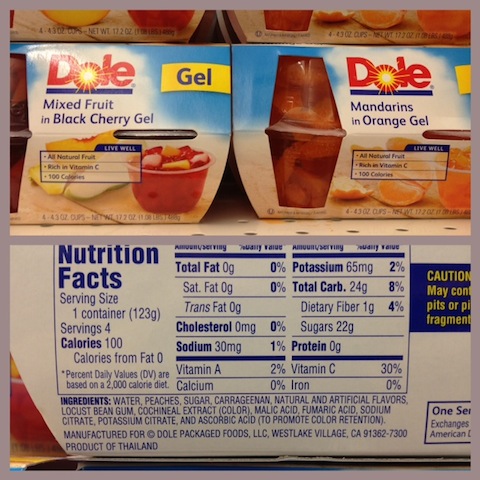
:max_bytes(150000):strip_icc()/whole-wheat-bread-400x400-36fa3e31a83c4dda83bb61e9d41fb969.jpg)
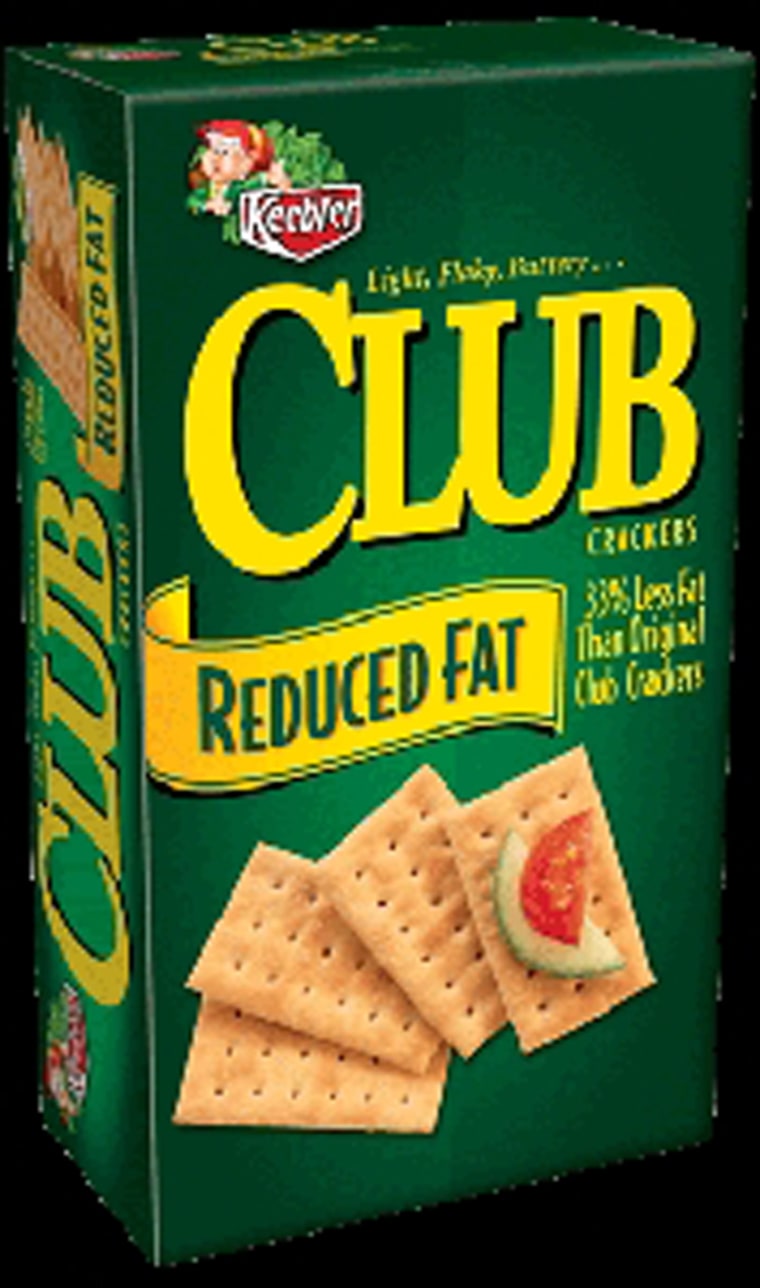
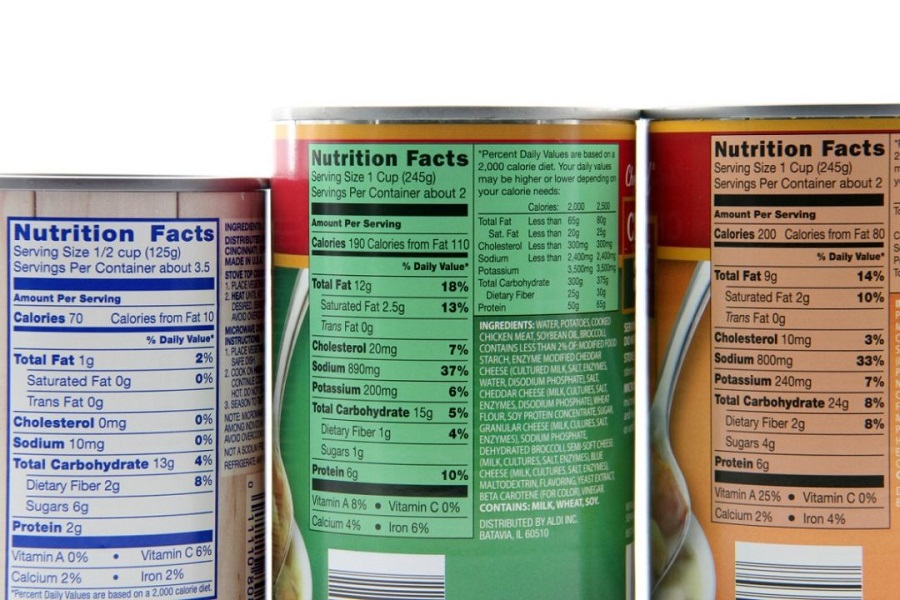
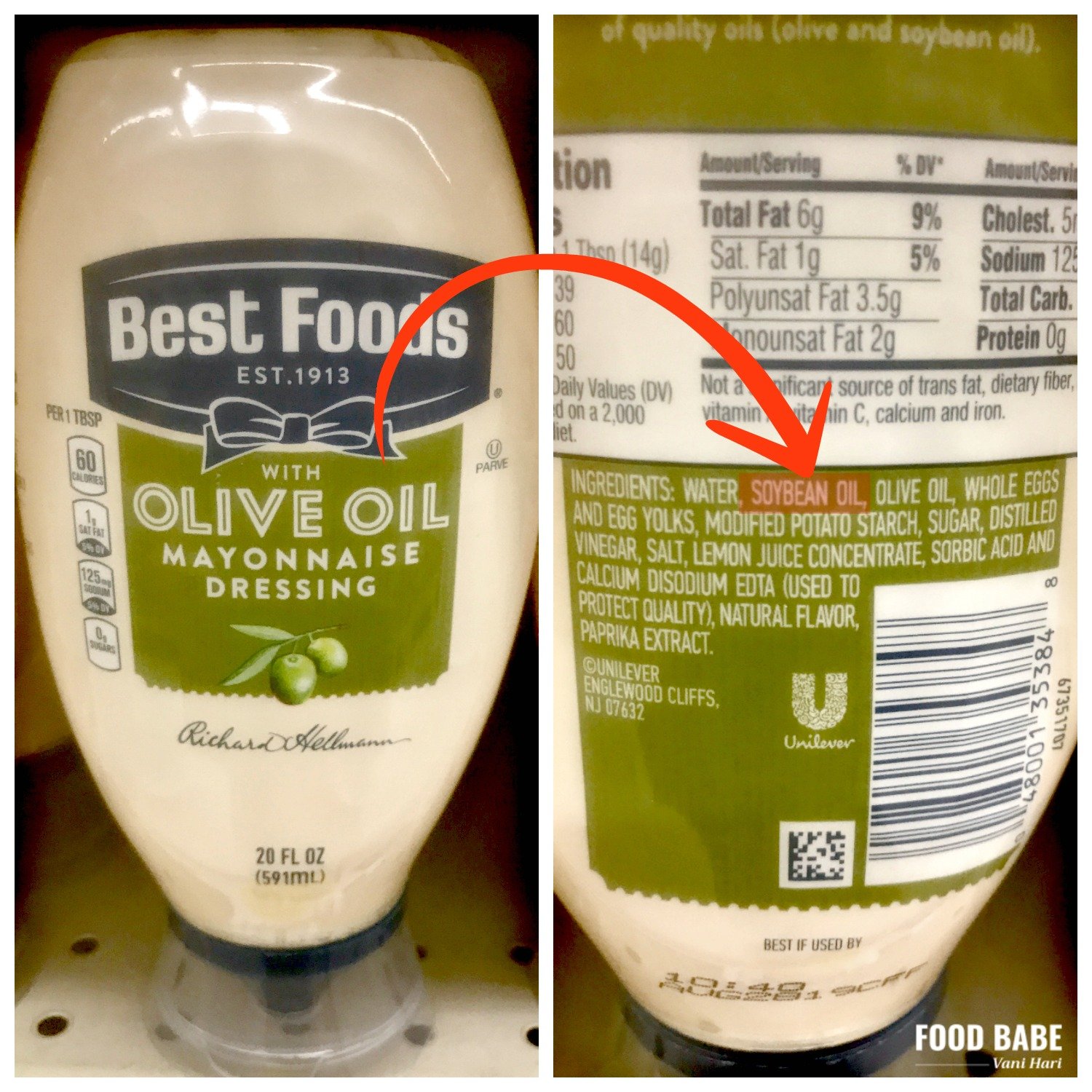
:max_bytes(150000):strip_icc()/juicy-juice-no-sugar-400x400-b1fb04c46e9e4c8392ce8881614c021a.jpg)
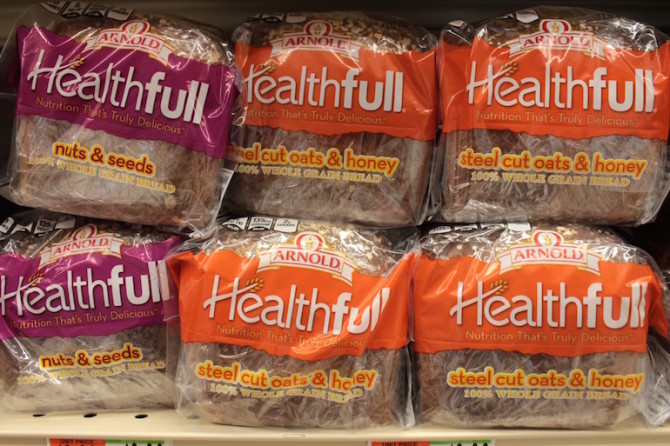
/cloudfront-us-east-1.images.arcpublishing.com/gray/SOGXXUGQL5H7RHRS2PBFJFPODY.jpg)




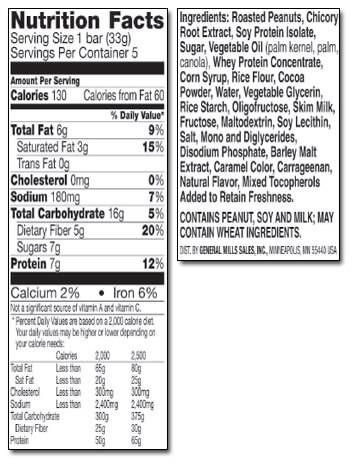


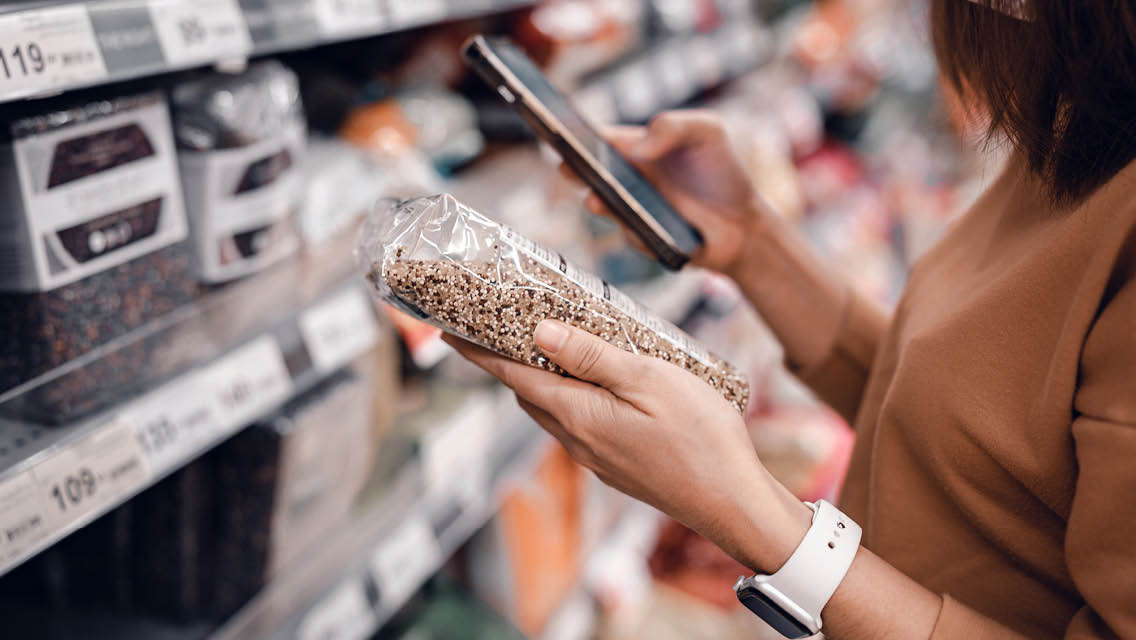

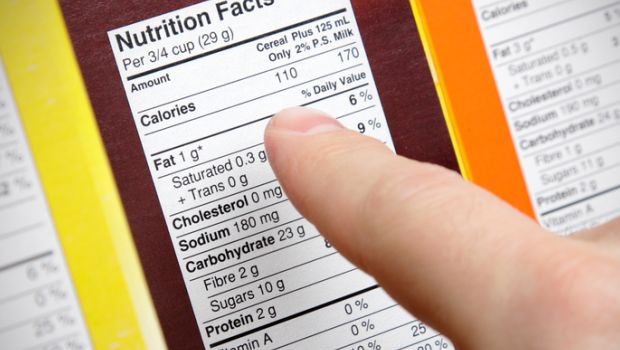

/cloudfront-us-east-1.images.arcpublishing.com/gray/63YM7R2GQRAUBMBJCJZL624GXA.jpg)

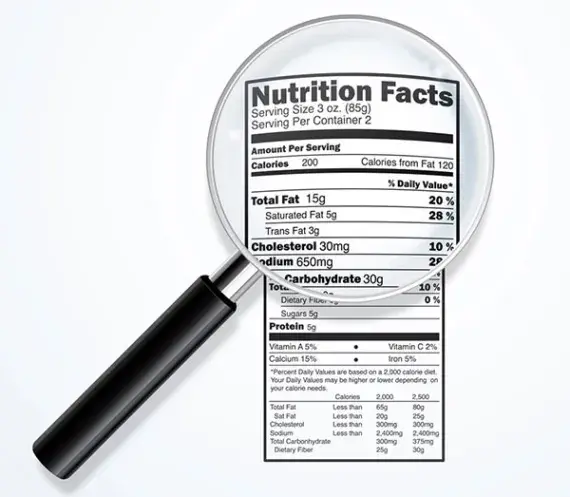
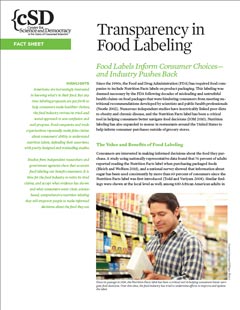
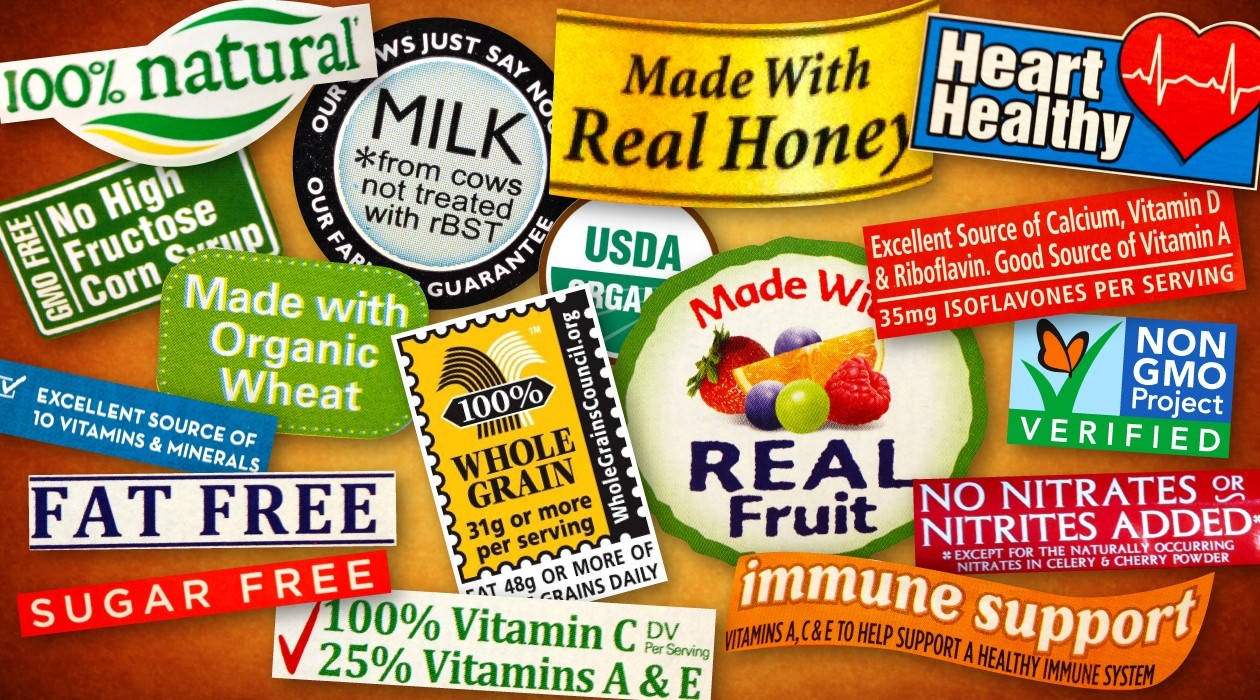


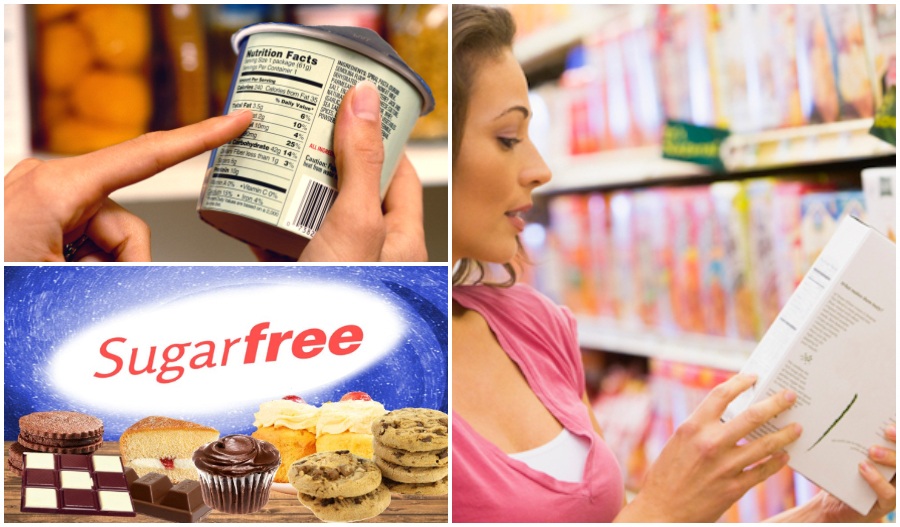
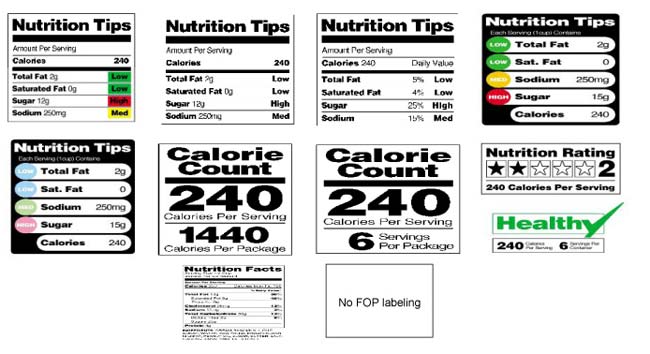

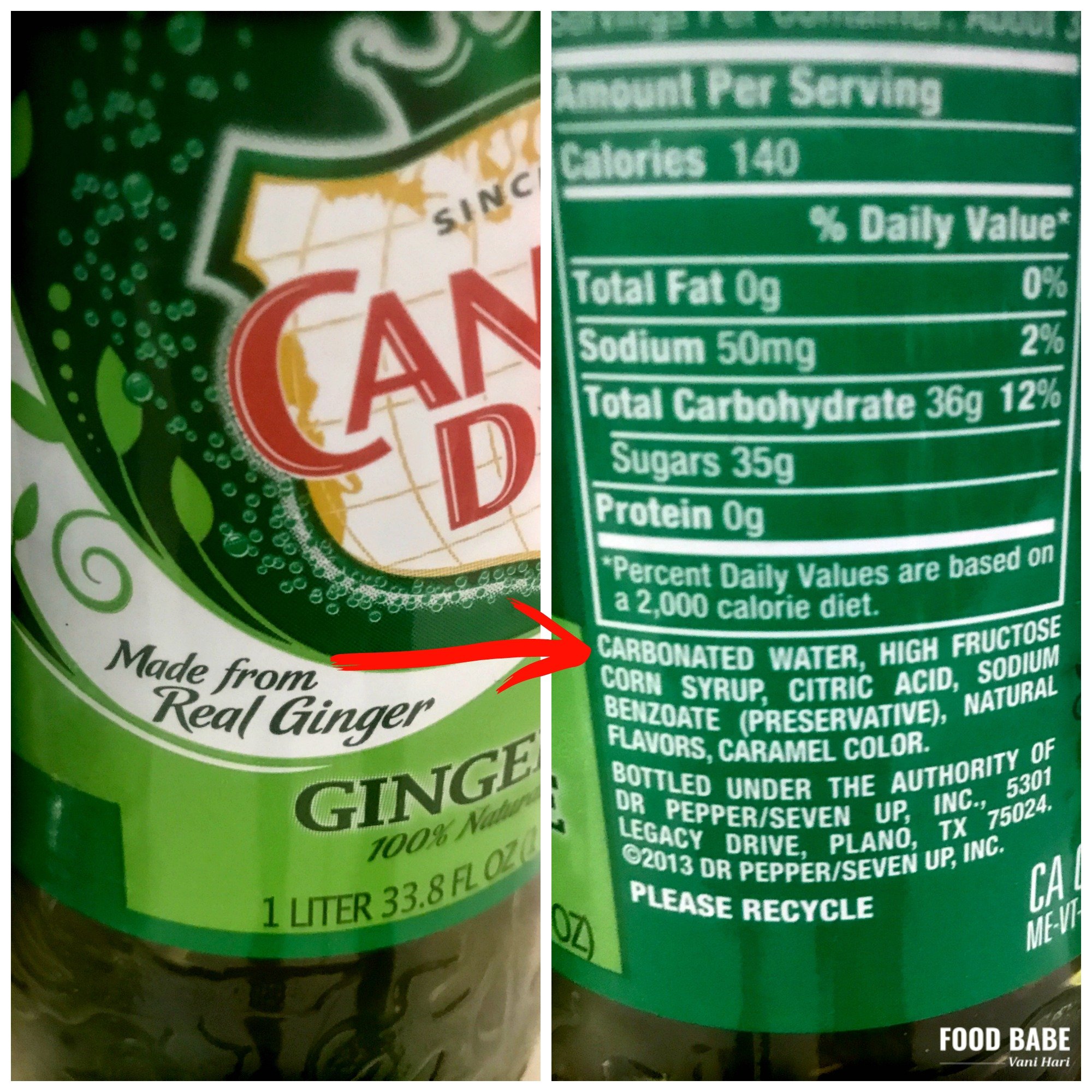
/cloudfront-us-east-1.images.arcpublishing.com/gray/K5WYIZRSNJBW5G7CI6JHR6IBGY.jpg)
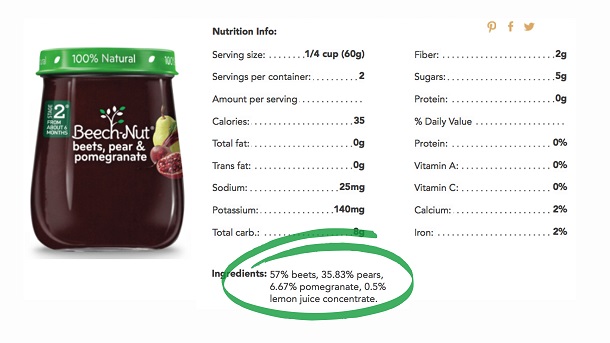


Post a Comment for "39 how food labels can be misleading"